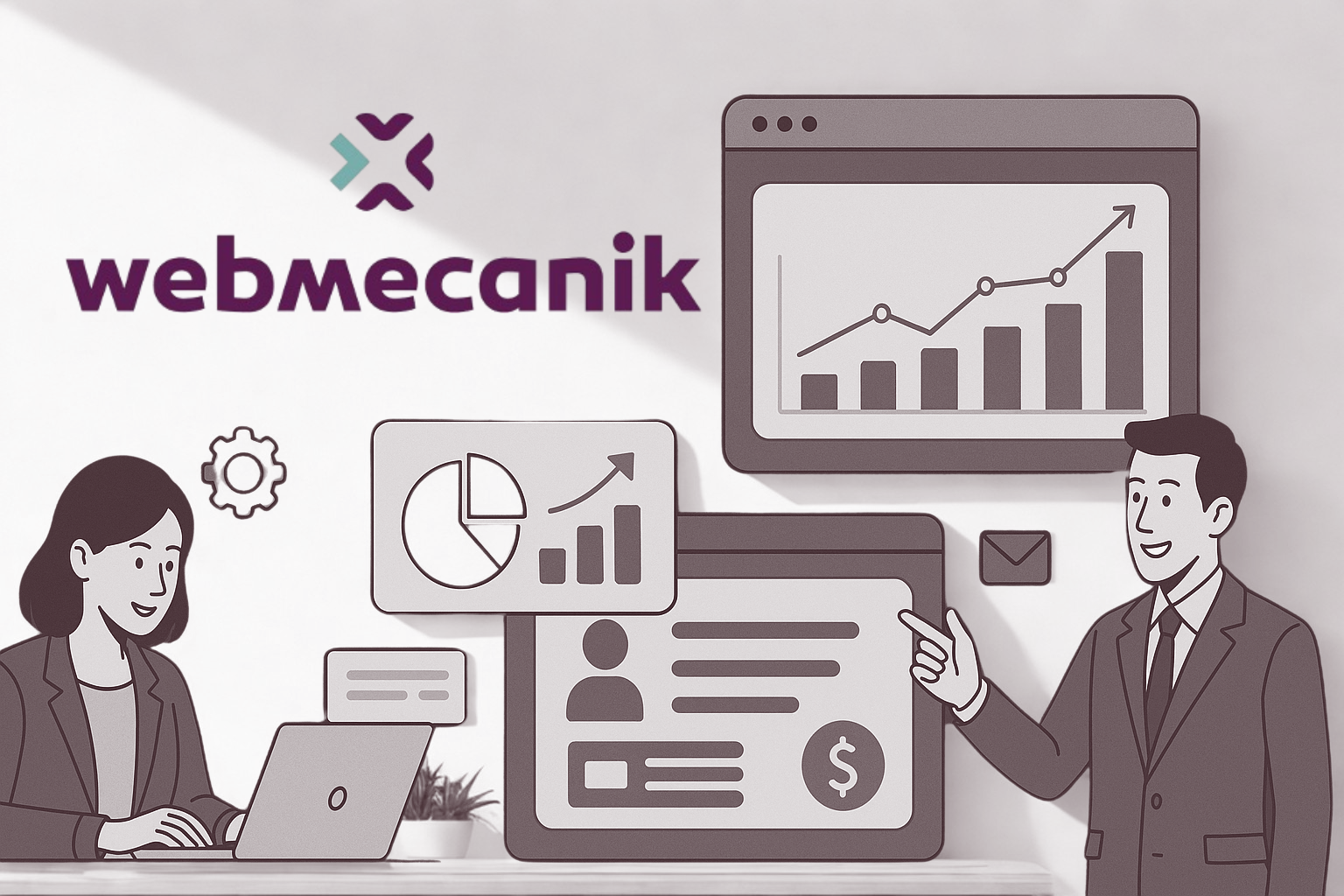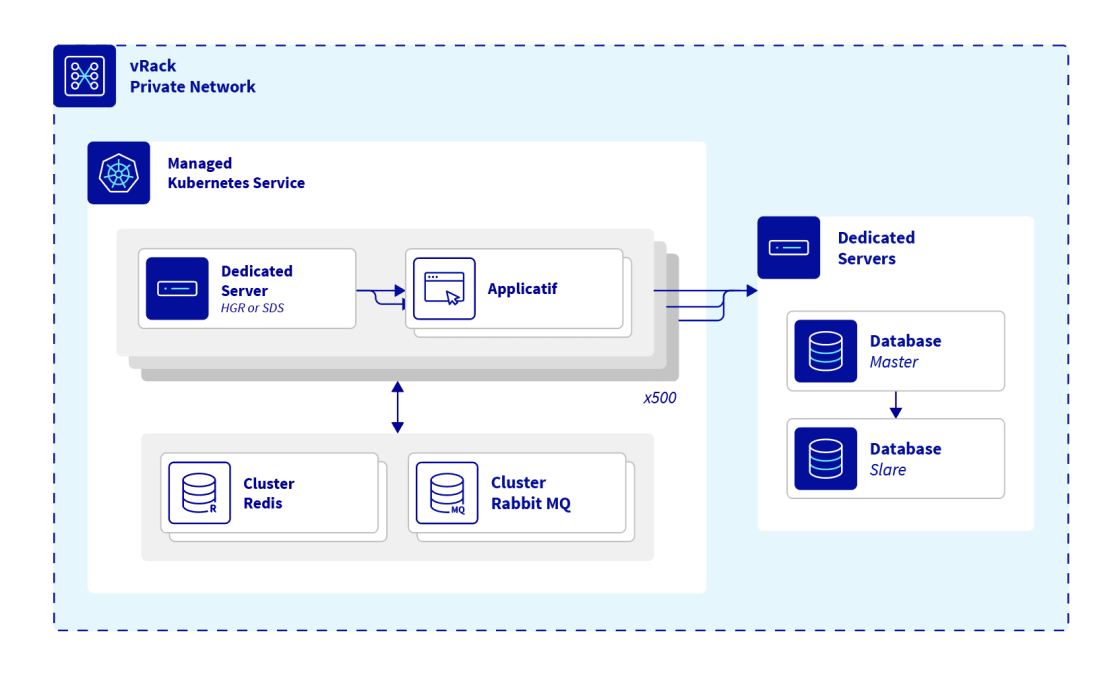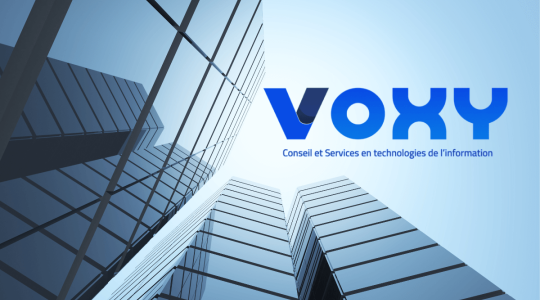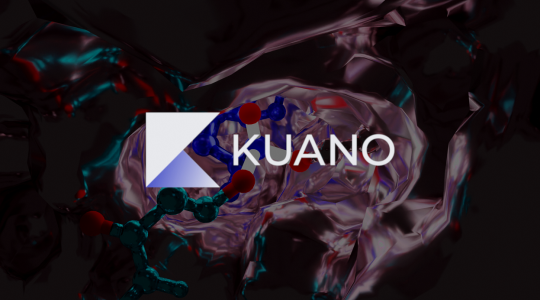From a monolithic infrastructure to a distributed platform: Webmecanik gains scalability and performance thanks to Kubernetes
OVHcloud and Webmecanik


over 2,000 business customers

over 8,000 users

Over 250 million emails sent per month thanks to targeted and adapted campaigns
Executive summary
Webmecanik is an innovative software publisher that specialises in marketing automation and CRM. It offers powerful and intuitive tools that enable companies to effectively manage their marketing campaigns, all while customising the customer experience on a large scale.
With a strong commitment to CSR, Webmecanik positions itself as a European leader in marketing automation, using technology to support both people and a sustainable performance. It is also a major contributor to the open-source project Mautic.
The challenge
To ensure that our services are provided with all the best practices in terms of high availability, as well as deliver high performance when onboarding large accounts that reach millions of transaction volumes per day (e.g. emails, web visits, forms). All of these tasks were tedious and time-consuming at first, mainly due to the use of physical servers.
With this model, to guarantee ongoing accessibility and operation, resources had to be dedicated client by client, while taking into account consumption peaks and potentially seasonality, which made the deployment unprofitable and inefficient.
Another area for improvement was to prepare the infrastructure before delivering it to a customer. Operating with Bare Metal servers requires at least one configuration, and preparing the operating system (OS), public network, and vRack private network can be tedious. This stage of preparing the physical server before it hosts production for customers and end customers is often time-consuming.
The solution

Webmecanik’s infrastructure was migrated to Kubernetes so that it could scale up and deploy new customers, but also so that it could transpose this infrastructure to different locations. The technological choices here have shifted from a monolith to a distributed approach. The architecture has evolved from a base of dedicated physical servers to virtualisation and containers, becoming highly industrialisable in the process.
Thanks to the use of blueprints, standard configuration files describing the desired architecture, Kubernetes can technologically deploy the same infrastructure and the same business services within it, while the company avoids the hassle of location differences and vendor lock-in.
This overhaul, carried out in 2022, enabled deployment in new geographical areas to open new markets (Canada, United States, Asia-Pacific), but also improved the ability to finely control components when it came to scaling up the activity. The data element, particularly the databases, is located on dedicated servers, while the application hosted in Kubernetes has been deployed to be stateless. This means that the production data is not in the cluster. This choice was made for performance reasons, as well as compliance with best practices and cloud-native principles.
It means that changes can be made locally (a person is assigned to a separate namespace), without affecting the entire platform, ensuring optimal customisation and an individual experience for each customer.
“In our infrastructure, Kubernetes allows us to manage a massive number of pods and to distribute them in clusters.”
David Coutelle, Webmecanik Technical Director
In terms of security, Webmecanik's platform also benefits from the flexibility and security offered by the vRack’s isolation. Infrastructures based on a Managed Kubernetes service can be used entirely privately (inaccessible from the internet) for isolated application exchanges. This also applies to dedicated servers.
The result
Several positives have come out of moving the infrastructure to Kubernetes.
- Customers of all sizes can be integrated hassle-free, regardless of location.
- Development teams can focus on their value-added activities, and since they can now easily deploy pre-production environments, they can detect anomalies and fix them faster, speeding up their entire process.
- Clear billing with no hidden costs also allows Webmecanik to plan ahead and easily anticipate current and future costs.
By providing the ability to manage container increases on demand, Kubernetes allows Webmecanik to make the most of the technology by enabling specific parts of the application to be scaled up and microservices to be run. Self-healing systems, which restart elements such as pods that are no longer in an optimal state, are also a strong factor that supports Run teams towards a maximum level of availability.
Achieving the same with dedicated servers is technically possible, but much more complex. Kubernetes provides flexibility, faster deployment, and temporary scaling mechanisms.
“Today, thanks to Kubernetes and others, we can work with customers who send up to 15 million emails a day, and manage the associated tracking. With the use of Argo CD coupled with Kubernetes, we have been able to build an intelligent and scalable application update strategy within our platform.”
David Coutelle, Webmecanik Technical Director


